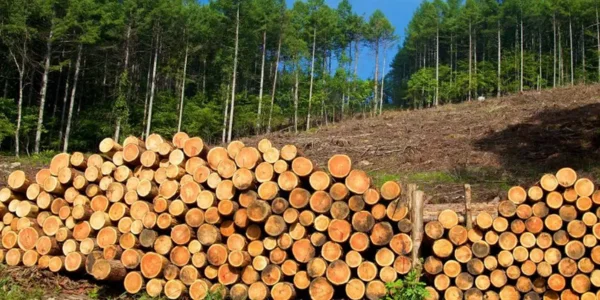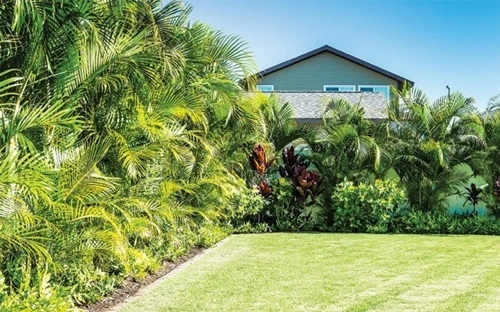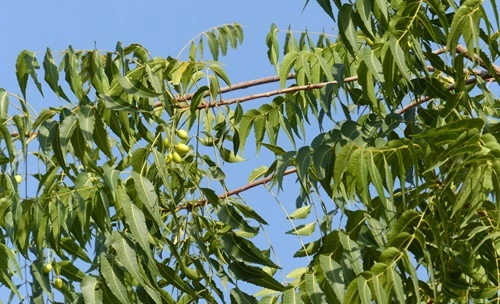Timber has been a cornerstone of human civilization for thousands of years. From building ancient temples to furnishing modern homes, this natural resource has stood the test of time. But beyond its practical uses, timber is fascinating in ways you might not expect. Here are 10 fun facts about timber that highlight its versatility, sustainability, and surprising features.
1. Timber is a Renewable Resource — When Managed Responsibly

Unlike many building materials, timber is naturally renewable. When forests are managed sustainably, trees that are harvested for timber can be replanted, ensuring an ongoing cycle. Organizations like the Forest Stewardship Council (FSC) certify forests that meet strict environmental and social standards. As of 2024, over 220 million hectares of forests are FSC-certified globally — proof that sustainable timber is not just a trend, but a global movement.
2. Timber Can Store Carbon for Decades
Trees absorb carbon dioxide as they grow, and when they’re turned into timber products, that carbon remains locked inside. This makes timber one of the few carbon-negative building materials. For instance, a 1 m³ piece of wood stores approximately 1 ton of CO₂. This makes timber an important ally in the fight against climate change.
3. Wood Is Stronger Than You Think
Timber is often perceived as weaker than metal or concrete, but certain types of wood are incredibly strong. Douglas fir, oak, and teak have remarkable strength-to-weight ratios. In fact, laminated veneer lumber (LVL) and cross-laminated timber (CLT) have made it possible to construct multi-story timber buildings. The Mjøstårnet in Norway, currently the tallest timber building in the world at 85.4 meters (18 stories), is a shining example.
4. Timber Can Be Fire-Resistant
Surprisingly, timber can perform well under fire. While untreated wood will eventually burn, large timber members like mass timber char on the outside, which forms an insulating layer that protects the inner core. This charring process slows down the burn rate and maintains structural integrity for longer than steel, which can collapse when it reaches its melting point.
5. Timber Is Naturally Insulating
One of timber’s unsung benefits is its natural thermal insulation. Compared to materials like concrete or steel, wood has a low thermal conductivity, helping to keep buildings warm in winter and cool in summer. This makes timber not only eco-friendly but also energy-efficient, reducing the need for artificial heating and cooling.
6. Trees Communicate Through “Wood Wide Web”
Here’s a fun biological twist: trees can communicate through underground fungal networks — often referred to as the “Wood Wide Web.” Through this network, trees can share nutrients, send warning signals about pests, and support weaker trees. This ecosystem, powered by timber-producing species, shows just how interconnected forest life truly is.
7. Wood Can Be Transparent
In recent breakthroughs, researchers have developed transparent wood that could replace glass in windows. By removing lignin (the component that makes wood brown) and infusing the wood with polymers, the result is a material that is both clear and stronger than glass. As of 2024, this innovation is still being refined for commercial use, but it holds promise for future energy-efficient architecture.
8. Timber Has Acoustic Benefits
Timber is not just aesthetically pleasing — it also has excellent acoustic properties. It can absorb sound and reduce echo, making it a popular choice for concert halls, schools, and libraries. Instruments like violins, guitars, and pianos owe much of their tonal beauty to the unique vibrational qualities of different wood species.
9. Wood Can Last for Centuries
Properly treated and maintained, timber structures can last hundreds of years. Historical buildings like the Hōryū-ji Temple in Japan, constructed in the 7th century, still stand today. This ancient timber structure is one of the world’s oldest wooden buildings, showcasing the material’s longevity when protected from rot, insects, and weather.
10. Timber Construction is Faster and Cleaner
Compared to concrete and steel construction, timber buildings can be assembled faster with less on-site waste. Prefabricated timber components reduce labor time and disruption, making them a favorite in urban development projects. The speed and cleanliness of timber construction are helping modern cities move towards greener building practices.
Bonus Insight: Timber is Trending Again
With rising interest in biophilic design — the practice of connecting people to nature through architecture — timber is making a comeback in interior design. From minimalist Scandinavian styles to rustic cabins and modern eco-homes, timber adds warmth, character, and a calming natural vibe to any space.
Final Thoughts
Timber is more than just a building material — it’s a renewable, sustainable, and versatile gift from nature. Whether you’re an architect, environmentalist, or just someone who appreciates good design, understanding the magic of timber can deepen your appreciation for the world around us.
So the next time you walk into a wooden building or admire a handcrafted wooden object, remember: there’s a lot more going on beneath the grain than meets the eye.



